Table of Contents
Can you donate blood if you have diabetes? It turns out, in many cases, you could make a life-saving contribution despite having diabetes. Join us as we unravel the process behind blood donation and venture into common questions that bridge compassion and well-being.
Moreover, can you donate plasma with diabetes? We will also shed light on the possibilities of type 1 and type 2 diabetes.
Can people with diabetes donate blood? Things you should prepare to give blood
Every year, five million American people need a blood transfusion (1), which means every two seconds, someone in the US requires blood help (2).
Can you donate blood if you have diabetes, which affects hundreds of millions of people worldwide? The simple rule is: You may still be able to participate as long as you feel well, your condition is being managed, and you meet all other requirements (3, 4).
Is it safe?
Blood donation is safe (2), but your blood sugar levels should be in a safe range on the day of giving blood (5):
- Before eating: 80‒130 mg/dL
- 2 hours after eating: Below 180 mg/dL
The doctor might ask you about your recent episodes of diabetic ketoacidosis or hyperosmolar hyperglycemic state, which are two extreme diabetes-related conditions. 6, 7).
Your eligibility to donate blood also depends on your hypoglycemia (low blood sugar) state (3, 8).
Low blood sugar symptoms vary by person which include shaking, sweating, nervousness, hunger, dizziness, and confusion (5). Signs of high blood sugar include feeling thirsty, tired, blurry vision, or frequent urination.
Doctors may postpone the donation until your blood sugar is under control.
Managing diabetes well also involves regularly monitoring your conditions: (5, 6, 9):
- checking your blood sugar levels
- eating high-fiber and protein-rich foods
- eating less sugary and fatty foods
- being active
- keep your weight in check
- being in a good mental state
- quitting smoking and alcohol
If you have diabetes-related complications that affect the quality of your blood, kidney, or neuropathy, it’s best not to donate blood (3).
You need to inform the blood donation staff that you have diabetes. They can provide you with specific guidance and address any of your concerns immediately.
A small study showed that in male non-diabetes, three weeks after giving blood, insulin production and blood sugar tolerance improved. However, more research is needed to clarify it (10).
Eligibility requirements
Besides diabetes, many factors may affect your eligibility to donate blood. You should reschedule your session if you’re not feeling well on the donation day. Certain health conditions might also stop you from donating blood (11).
To be eligible, according to the American Association of Blood Banks (AABB), here’s what you need (3, 12):
- Be at least 17 years old (in most states), but in some states, 16-year-olds can donate with parents’ consent.
- Over 110 pounds (50 kg) and can do normal activities
- You’re not ill or have unregulated hypertension or anemia
- Have normal vital signs
- Meet the minimum hemoglobin level
- Not travel to areas with a high risk of infections recently
Hemoglobin is a protein in red blood cells that contains iron, carries oxygen to the body’s tissues, and returns carbon dioxide back to the lungs. The staff always do a quick hemoglobin test before drawing your blood (13).
Women need a hemoglobin level of at least 12.5g/dL to donate blood, and men need a level of 13.0g/dL. A donor’s hemoglobin level must not exceed 20.0g/dL (13).
Process of blood donation
If you manage your diabetes well, you can donate every eight weeks (56 days) and up to 6 times a year (11). If you donate two units at the same time (double red cell donation), you need to wait at least 16 weeks before your next donation (12).
Blood donation involves several steps, from registration to post-donation care (14).
When you arrive at the blood donation site, you will need to register with your identification (ID).
A healthcare professional will review your information, ask additional questions if needed, and discuss concerns you might have.
A professional will check your basic health information to ensure that you’re eligible for blood donation. This test includes checking body temperature, heart rate, blood pressure, and hemoglobin levels with a finger prick (3).
If you’re eligible and everything goes well, they will lead you to a donation area and let you sit comfortably in a chair or on a bed.
A phlebotomist or nurse will sanitize your arm, insert a new and sterilized needle into a vein (usually near the elbow), and draw blood into a sterile bag. If your veins in that area are not accessible, they may use veins on the back of your arm or other visible veins (12).
However, stop the process immediately if you feel dizzy during the donation (12).
The whole process takes about an hour, and the actual blood drawing normally takes 8‒10 minutes. For other types of donations, such as platelets or plasma, it might take up to 2 hours (3, 14).
When the donation process is done, a staff member will place a bandage on your arm. You’ll need to take some rest and have some diabetes-friendly snacks or drinks to stabilize your blood sugar and regain your energy (14, 15).
After 10 to 15 minutes, you can leave the donation site and continue your daily routine (14). The blood donation center might inform you if there is any next step needed.
Preparing to give blood
Before you donate blood, here’s what you need to know to ensure your donation goes well; start with your foods (13, 15, 16, 17):
- Go for lean protein sources such as lean meat, cheese, yogurt, or complex carbs (whole-grain cereal and fruits).
- Avoid foods that are high in fat or sugar.
- Eat iron-rich foods or take an iron supplement 1‒2 weeks before the donation because your body needs iron to make new blood cells and replace the ones you give
- Heme iron which can be absorbed easily in your body, is often found in beef, turkey (especially dark meat), chicken, lamb, pork, and liver
- Non-heme iron is essential (if you don’t eat meat) and includes whole-grain or enriched bread, pasta, tofu, beans, lentils, peanuts, dried fruits (like raisins), spinach, and eggs.
- Vitamin C can help your body absorb iron effectively. Tomatoes, citrus fruits, and bell peppers are top vitamin C-rich foods.
- Avoid certain foods and drinks that hinder your ability to absorb iron, such as coffee, tea, red wine, chocolate, foods high in fiber, certain medications like antacids, and foods high in calcium (milk or cheese).
You should increase your water intake a few days before your scheduled donation (15). Extra glasses of water or non-alcoholic, non-caffeinated drinks 10 to 30 minutes before donating are recommended (12, 16).
You should rest well the night before donation day by getting eight or more hours of sleep (15).
Don’t leave home without your identification and a list of your current medications. You should wear a shirt with sleeves that you can roll up above your elbows.
After donating blood
After donating, you should keep an eye on your food and blood sugar levels.
Donating blood means losing about 220‒250 mg of iron, which is significantly more than the amount of iron you get from eating 100g of beef (only 1.94 mg). It takes roughly 24‒30 weeks for your body to replenish the iron (18, 19, 20).
By eating more foods rich in iron and vitamin C, you can restore your iron level (13, 18). The ARC suggests taking a multivitamin with iron or an 18‒38 mg iron supplement for 60 days after blood donation. If you make a Power Red donation (double red cell donation) or frequently donate platelets, you should take the supplement for 120 days (19).
Here are a few tips for you (3, 12, 15):
- Rest for a while and rise up slowly and carefully to avoid getting hurt.
- Drink four extra glasses (8 oz. each) of non-alcoholic drinks.
- Eat some diabetes-friendly snacks or meal
- Avoid heavy physical activities (exercising or lifting) for the rest of the day.
- Keep your bandage on and dry for the next five hours.
- Wait 24 hours before you can drink alcohol or smoke.
If the drawing blood area starts to bleed, raise your arm straight and press on the area for 5‒10 minutes or until the bleeding stops (3, 15). If you get a bruise, apply ice to the area for 10‒15 minutes during the first 24 hours. After that, apply warm, moist heat to the site for another 10‒15 minutes. A rainbow of colors may occur for about ten days (3). If you feel dizzy or lightheaded, stop what you are doing, lie down, and raise your feet until you feel you can resume activities safely (3).
Do different types of diabetes matter?
The type of diabetes may not determine your eligibility to donate blood or how the donation process might be managed, but it’s necessary to take put into consideration.
Type 1 and type 2 diabetes
Type 1 diabetes happens when your pancreas stops making insulin (21). If you get this type, you should eat something within two hours before blood donation to prevent hypoglycemia (17).
Those with type 1 diabetes may depend on insulin medications, but it’s not affecting their eligibility (3).
Type 2 diabetes is when your body cannot use insulin properly because of obesity and aging (21).
For both types of diabetes, how well you manage your condition will affect your eligibility to donate blood (3).
Gestational diabetes occurs during pregnancy and typically resolves after childbirth (21). If you have gestational diabetes, you can’t donate blood, not because you are diabetic but pregnant (3).
A history of gestational diabetes is not a contraindication to blood donation, but you need to wait for six weeks after giving birth to donate blood (22).
Eligibility among countries
In the U.S., if you have diabetes, you can still give blood (3). However, the NHS Blood and Transplant (NHSBT) in the U.K. doesn’t allow it because it could put you in danger (8), but those with prediabetes are eligible (8).
In Canada, if you use insulin to manage your blood sugar, you can donate blood if (17):
- You haven’t had any high or low blood sugar symptoms that required medical help in the last three months.
- You don’t have any foot ulcers.
- You don’t feel dizzy or lightheaded when you stand up.
For those using bovine (cow-based) insulin, which may be infected with Mad Cow Disease and potentially transmitted through blood transfusions, you’re not eligible to donate blood, even if you’ve taken bovine insulin many years ago (23). Bovine insulin has been no longer available since 1998 (24, 25).
Can you donate plasma with diabetes?
Donating one bag of plasma (700 ml) takes around 35 minutes. The process involves collecting blood from one arm and separating the plasma from red blood cells. While collecting plasma, the other blood components are simultaneously returned to your arm through the same needle, speeding up the recovery process (26).
Can you give plasma if you have diabetes? Your eligibility depends on the donation sites. They may have specific donation policies. You are eligible in the US if your conditions are well-controlled, but not in the UK (3, 8). Phone your local plasma donation center to discuss your situation.
There are some points to consider (11, 26):
- You must be at least 17 years old and weigh at least 110 lbs (50 kg)
- You must be in good health condition and feeling well
- You can donate every 14 to 28 days, up to 13 times/year
Can you donate blood with an autoimmune disease?
Autoimmune diseases occur when your immune system starts attacking other healthy cells, tissues, or organs (27). The suitability for blood donation varies widely among these conditions. You may not be eligible due to medications and their potential effect on blood quality and safety (3).
Therefore, it’s important to be honest about your health history. The medical professionals will make the final decision about your eligibility.
Can diabetics donate bone marrow?
Persons with type 1 diabetes or who use insulin can not donate bone marrow. This is because those with type 1 diabetes have an autoimmune disease that could be a risk for the recipient and the donor (28, 29). Type 1 diabetes patients may even need bone marrow transplants to improve their conditions (30, 31).
Can you donate blood if you take metformin?
Metformin is a common medication used to manage type 2 diabetes. In most cases, taking it does not disqualify you from donating blood (3). However, the timing of your last dose matters because it can affect your blood glucose levels (32). Be sure to inform the donation center staff that you’re taking metformin or any drugs.
Can donating blood lower your A1C?
Lower A1C levels mean that you are better at blood sugar management (33). However, in a study, after giving blood, people with and without type 2 diabetes saw a significant drop (more than 4.28%) in their A1c levels for at least two months. This drop is inaccurate and may make doctors misinterpret that you are managing blood sugar well, while you might not be (34). So, it’s important to let your doctor know when your latest blood donation is.
Which person should not donate blood?
While the eligibility criteria can vary by country and organization, you can’t donate blood if you are under 16, weigh less than 150 lbs (50 kg), are pregnant, or have traveled to areas with a high risk of outbreaks recently. People with some infectious diseases, such as hepatitis B or C, or cancer, are ineligible (12).
Also, if you’ve had piercings, tattoos, surgery, vaccines, or certain medications like blood thinners or antibiotics recently, you’ll need to wait for a period of time before donating blood (3, 4).
Summary
Can you donate blood if you have diabetes? Whether you have type 1 or type 2 diabetes, donating blood in the U.S. isn’t a roadblock as long as you’ve got your condition under control. Yet, the policies in different countries may vary.
To be eligible for blood donation, you typically need to be 16 or older, meet the weight requirements (150 lbs in the U.K. and 110 lbs in the U.S.), have sufficient hemoglobin levels, and have not traveled to high-risk infectious disease areas recently.
Can you donate plasma with diabetes? Yes, but make sure you take good care of yourself and stick to the rules before and after the process. If you start having these symptoms, which include sweating, shaking, nervousness, hunger, or confusion, talk to your doctor immediately.





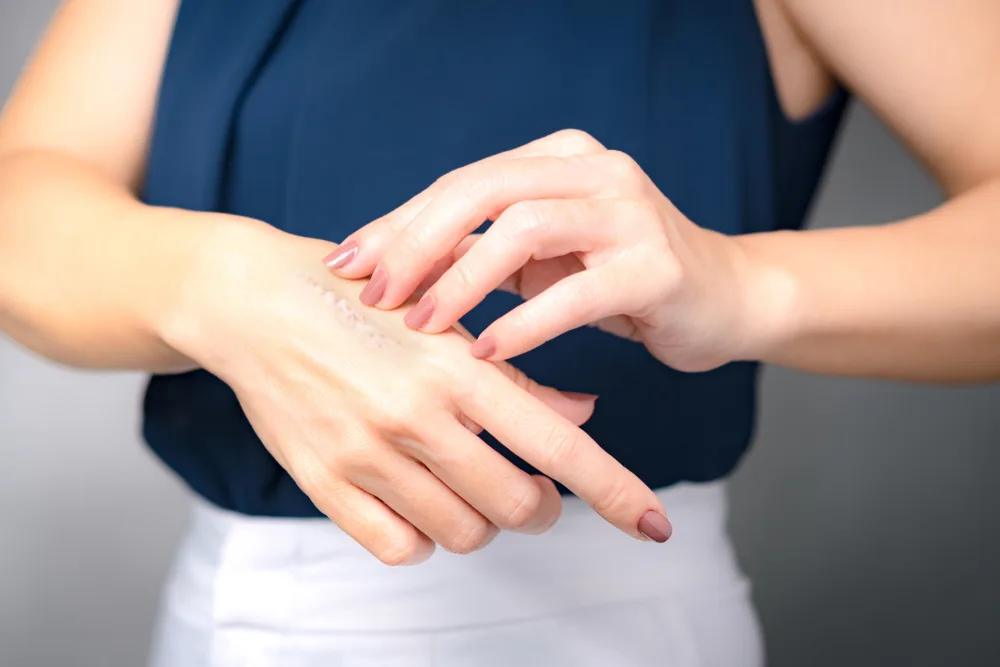
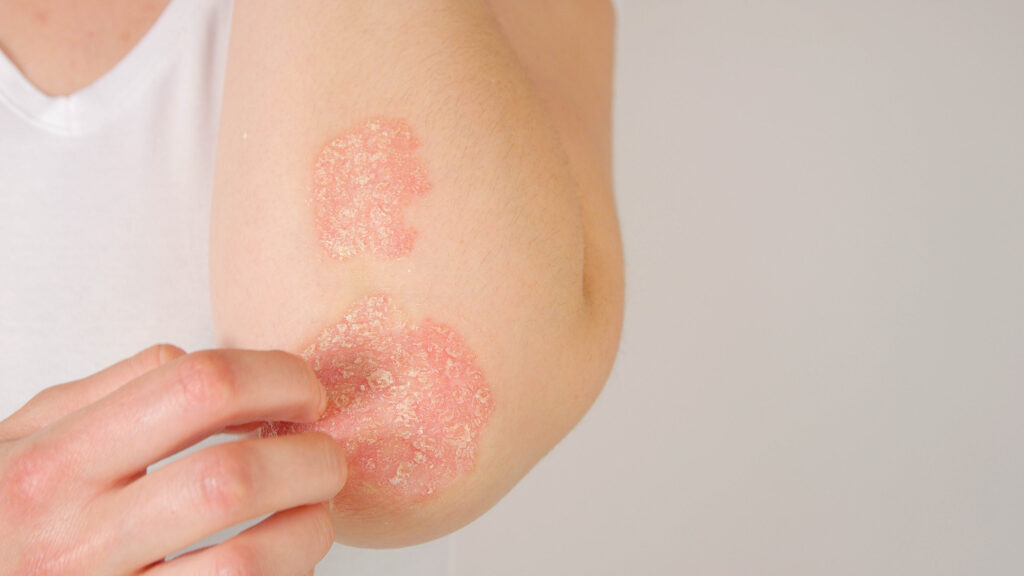
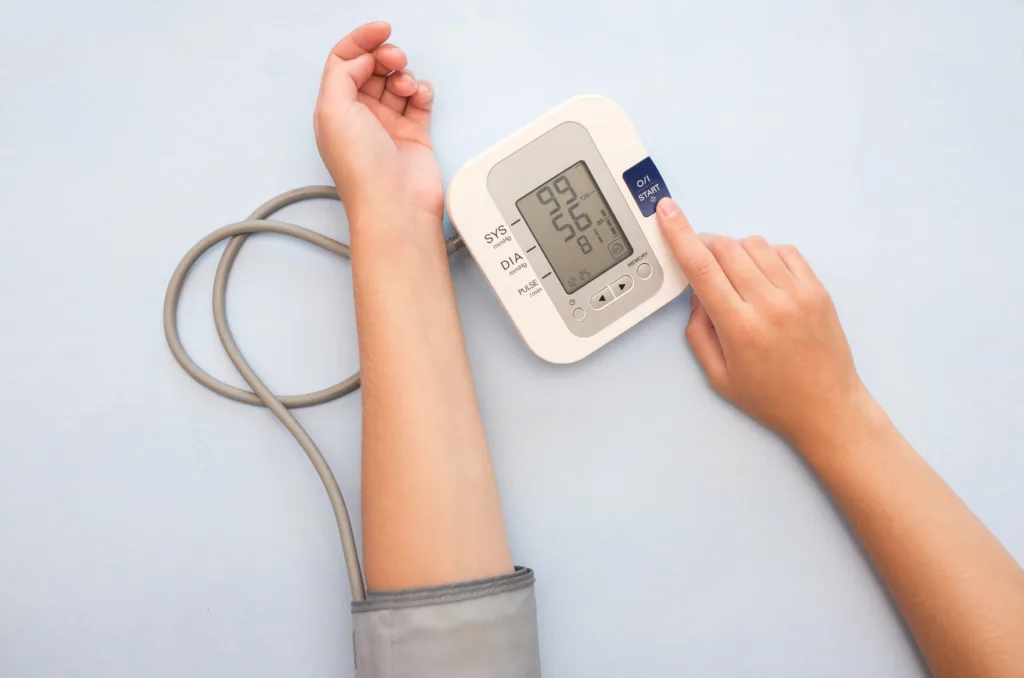





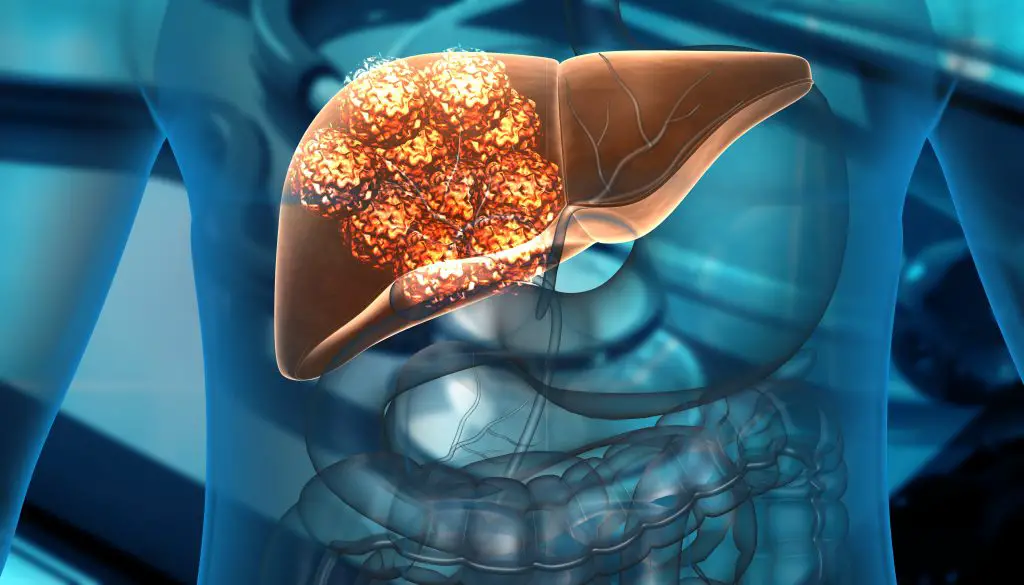

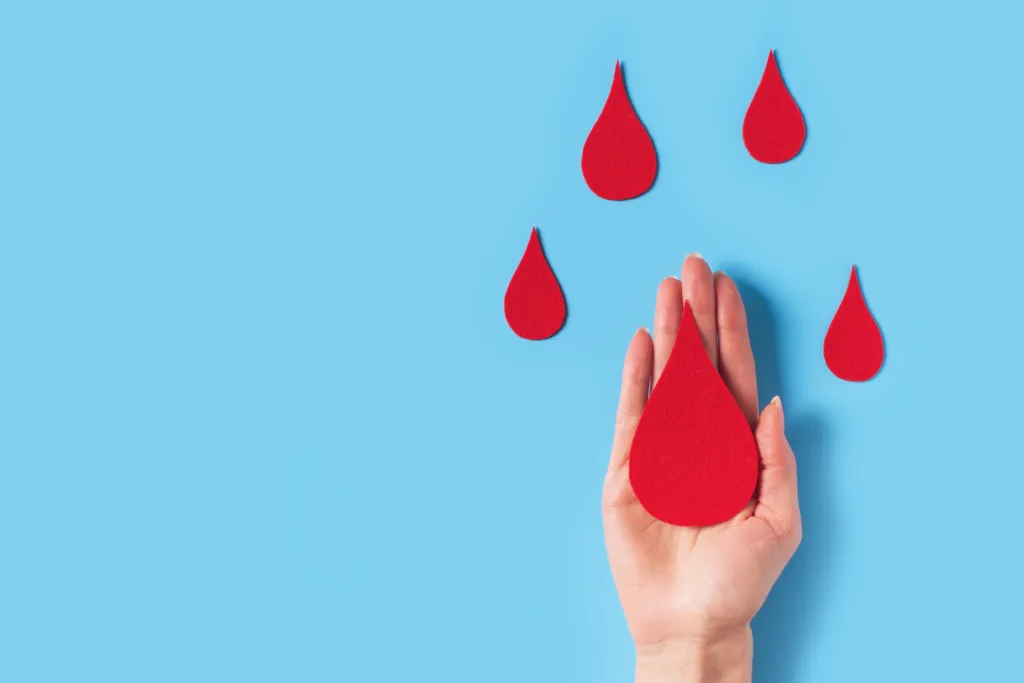

Comments
0